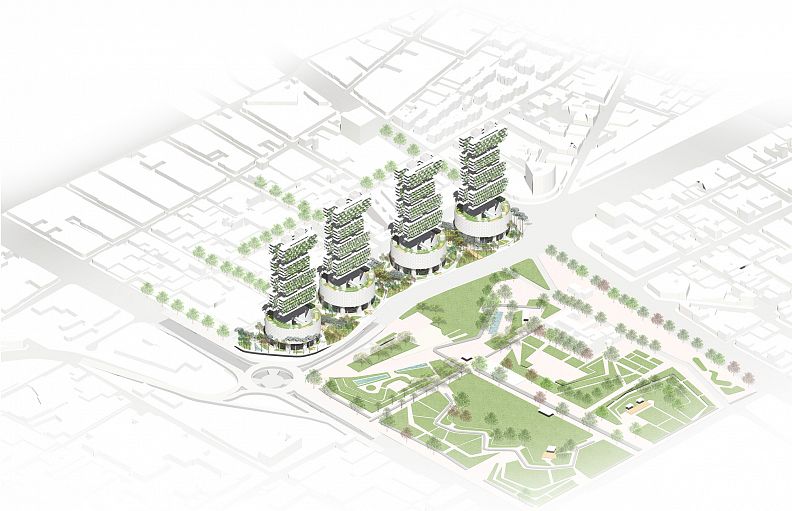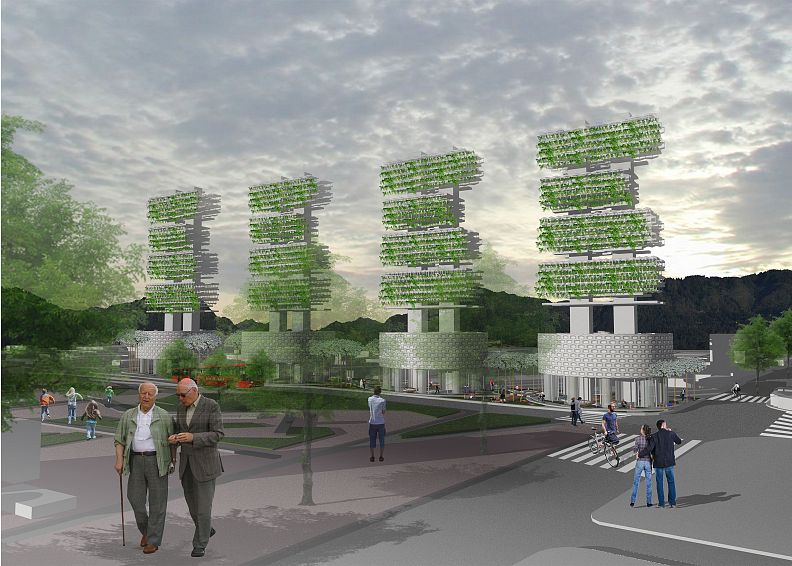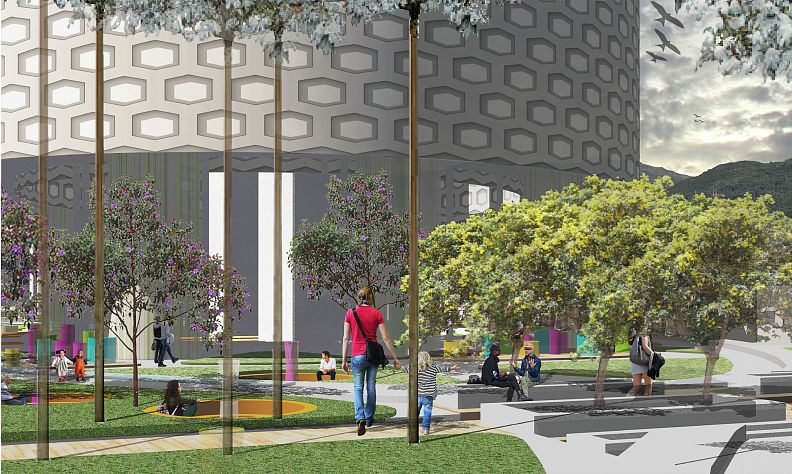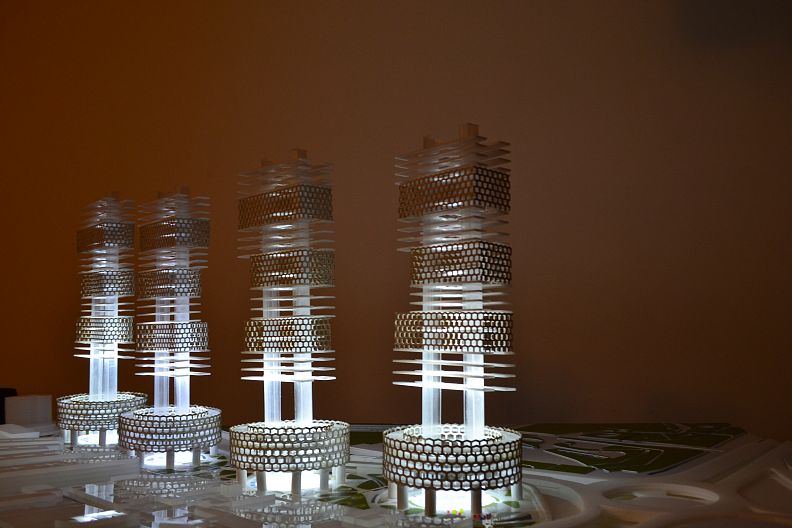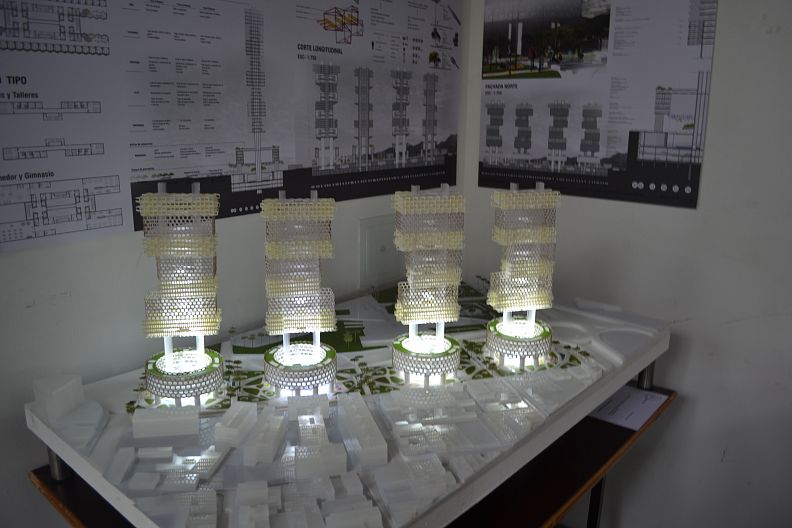Productive penitentiary spaces specialized in the effective process of social reintegration.

Project idea
In the penitentiary centers in Bogotá, overcrowding exceeds 50% of the actual capacity of the prison centers, which has caused different consequences for the entire prison population, their families and other people related to this work, such as “dragoneantes” or security guards. This overcrowding is in turn the consequence of inability to apply legal policy, few investments in the infrastructure and additionally of the social situation of the country, where there are few work opportunities for people with criminal antecedents, which increases recidivism rates.
This proposal, seeks to revitalize the sector using the urban, environmental and functional systems. Taking advantage of the highway connection that has major roads connecting the whole city and articulating the Third Metropolitan Millennium Park with San Bernardo, which is a historic neighborhood of the city. At the same time, this is a project, which responds to the needs of decongesting the overcrowding in the main prisons of the city, developing a new architectural model, which breaks with the scheme of the traditional jail both formally and functionally.
Project description
The project is placed in the blocks that are located in the Center of Bogota, in an area that has historically been linked to crime. A few years ago, this same area was home to “El Cartucho” (area of homeless people, illegal drug stores and a facade for different crimes) which has been notorious redesigned as the Metropolitan Third Millennium Park. In addition, “Medicina Legal” and the Metropolitan Police complex (institutions that work in Colombia to solve criminal cases) are also situated nearly and are part of urban plans to change the character of this neighborhood. In spite of attempts to regenerate this area the indices of insecurity and criminal behavior have not diminish.
The center of personal recovering is projected as a vertical space, which contains a linear functional program, which is linked to the scale of crimes of Colombia and the sentences that correspond to each crime. This in turn is important the project because it is the way in which architecture can assist in the process of transformation of the inmates which should be carried out before being reintegrated into society.
The center of personal recovering, in the architectural program has spaces where people can learn various trades, can work in them and offer them as a service to the city. It is a productive space with a specific purpose, which is to change and recover the behaviour of the people who enter, by the teaching new values, occupations and laws to coexist in society.
Technical information
Urban plans, technical drawings (plans and sections) and diagrams which explain the concept and all the design process. Also pictures of the scale model and renders wich show the vision of the towers in relation with the urban space.
Co-authors
Architect. David Cordoba - Thesis advisor.






